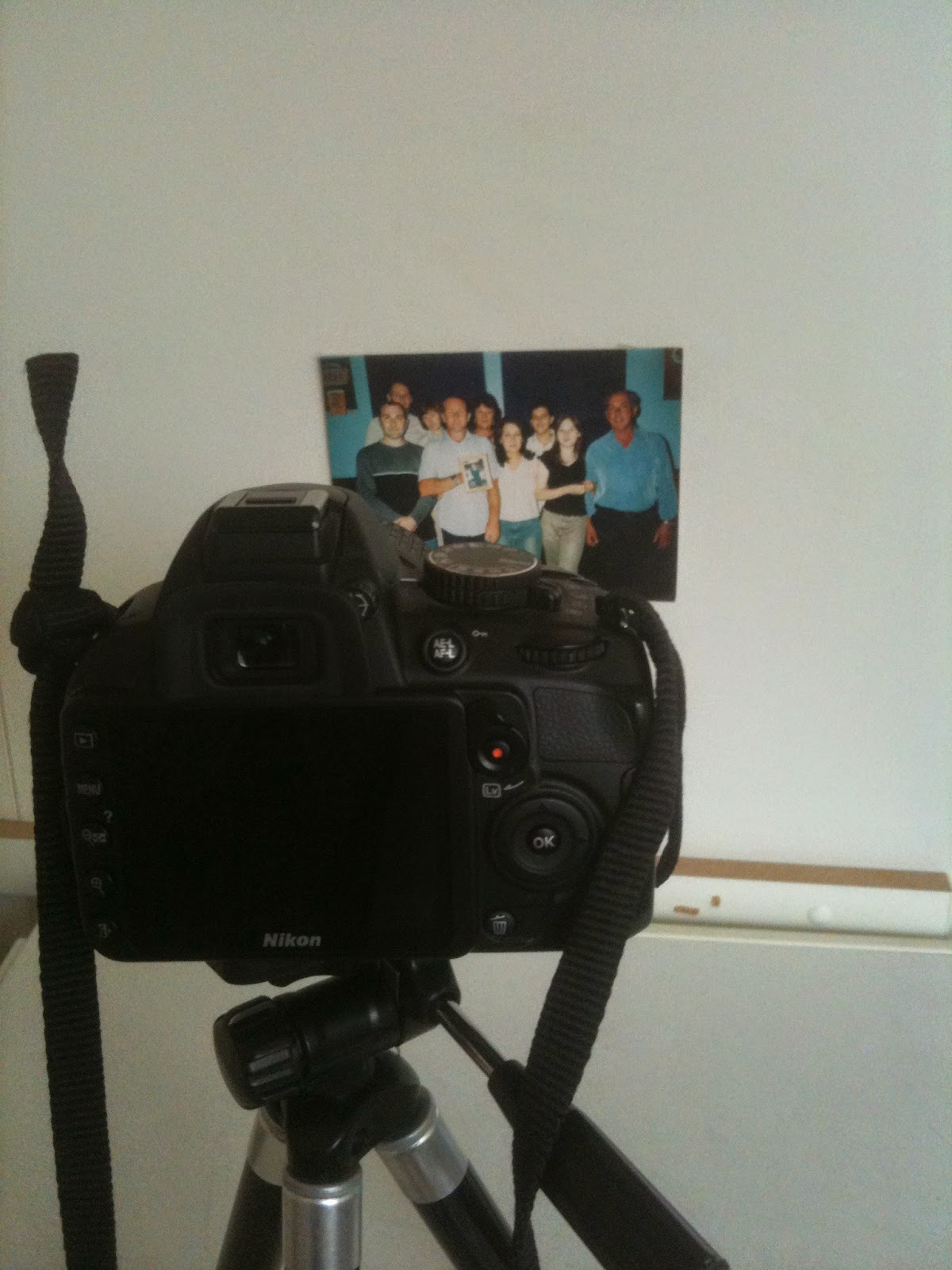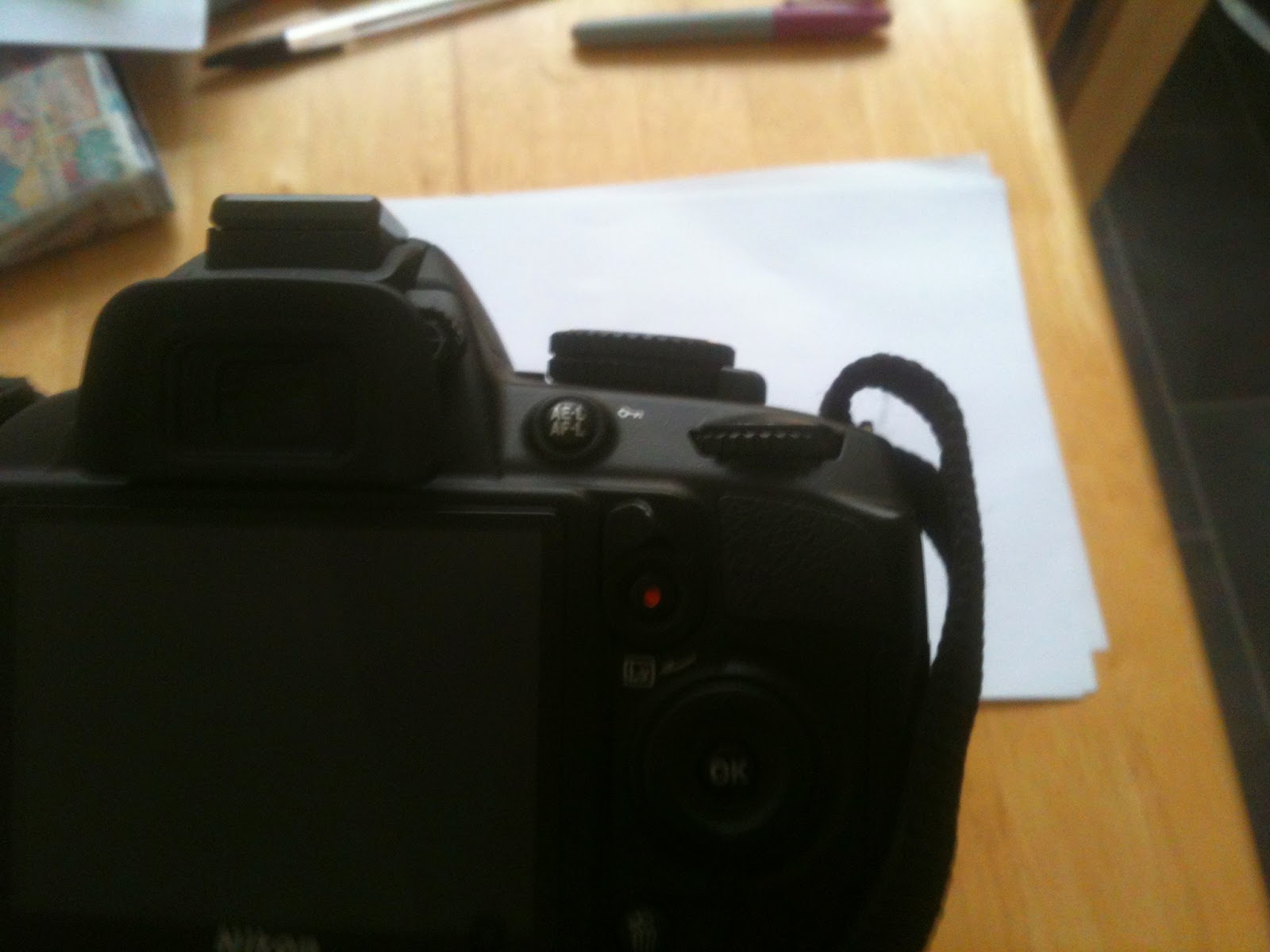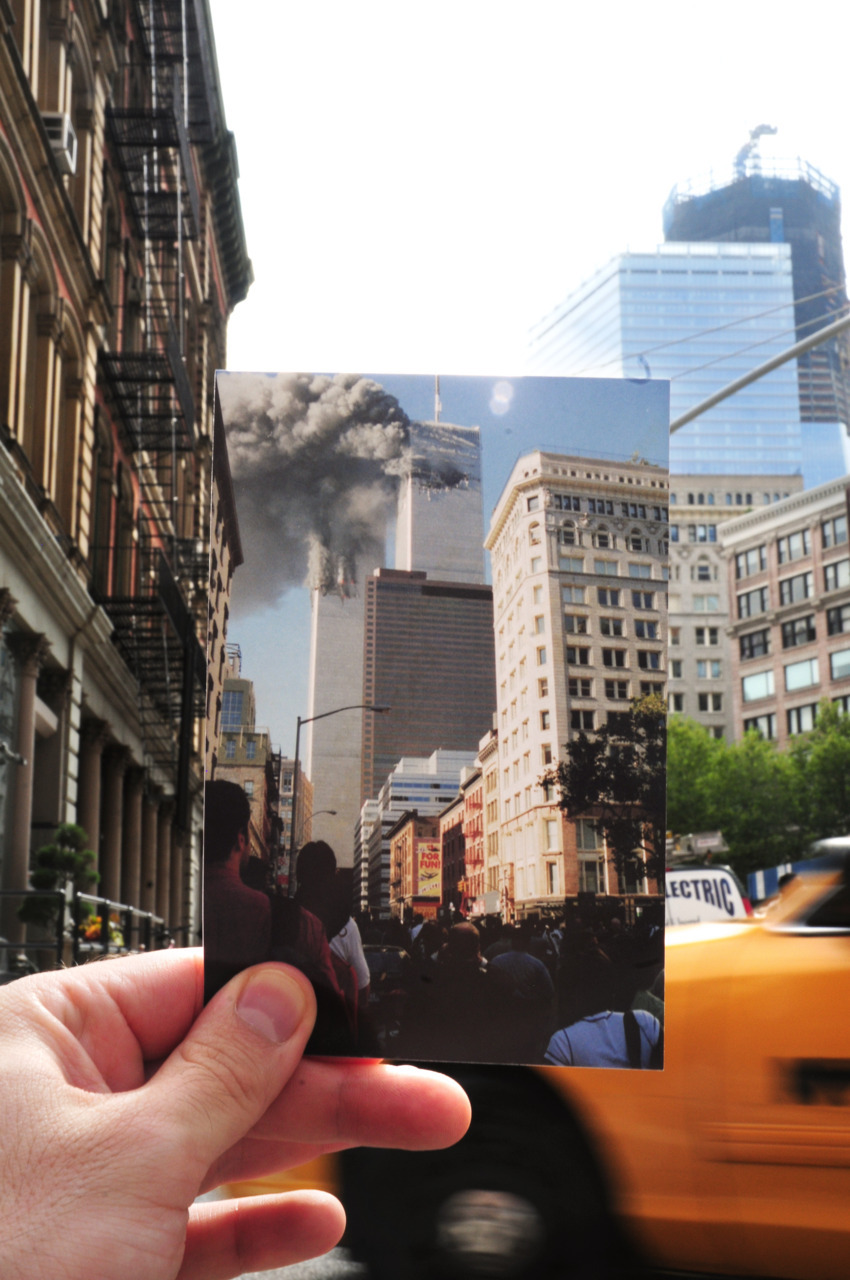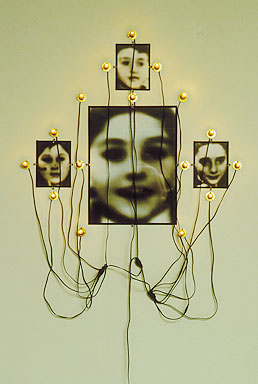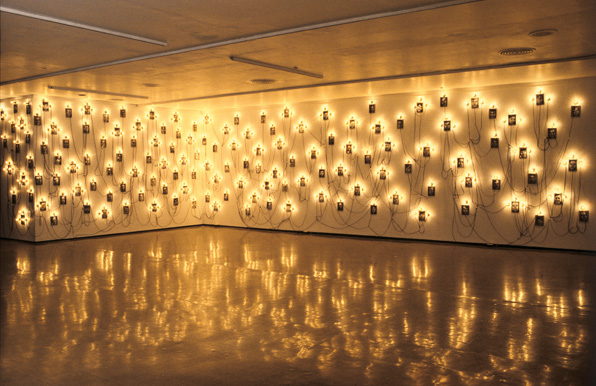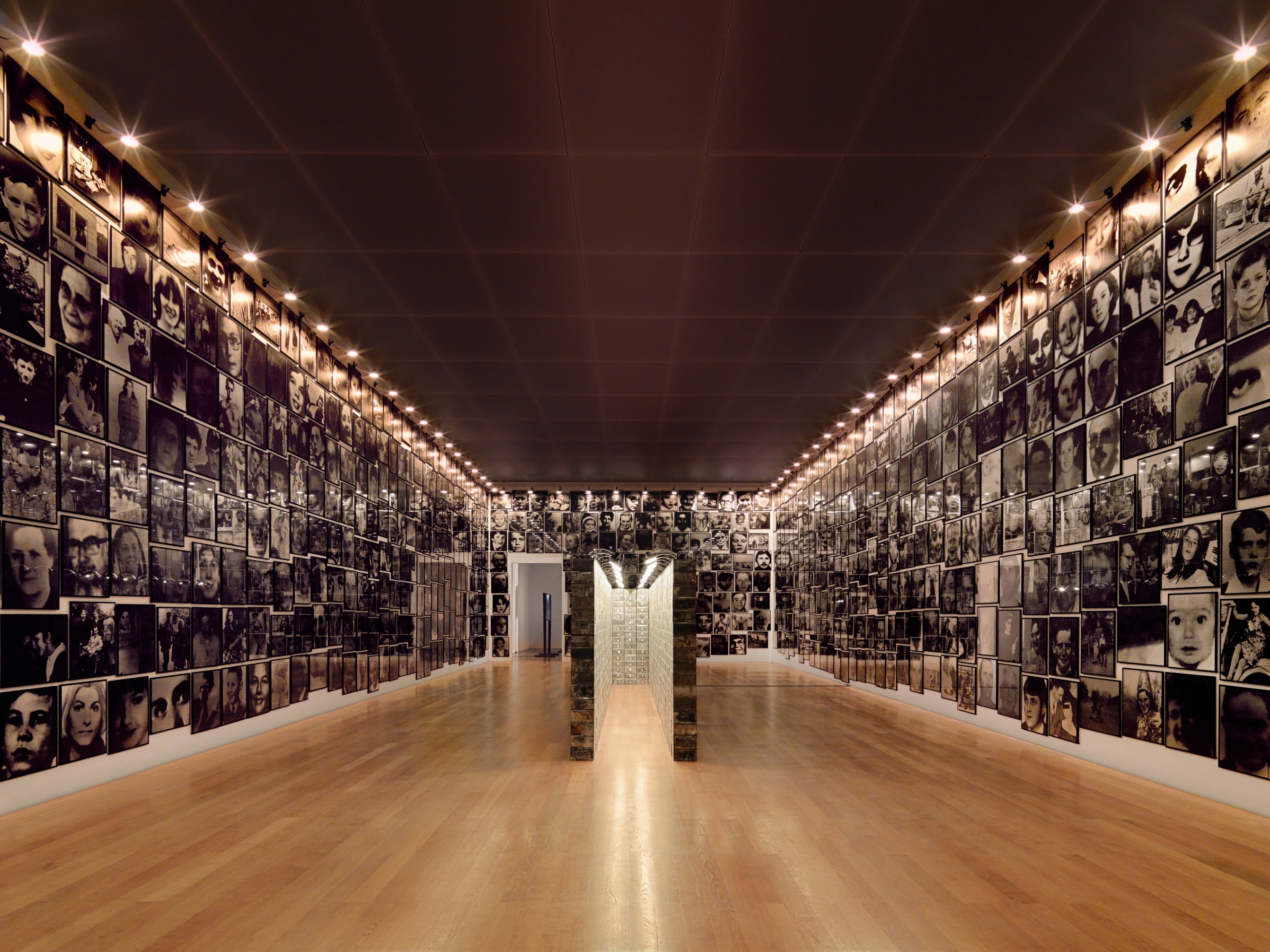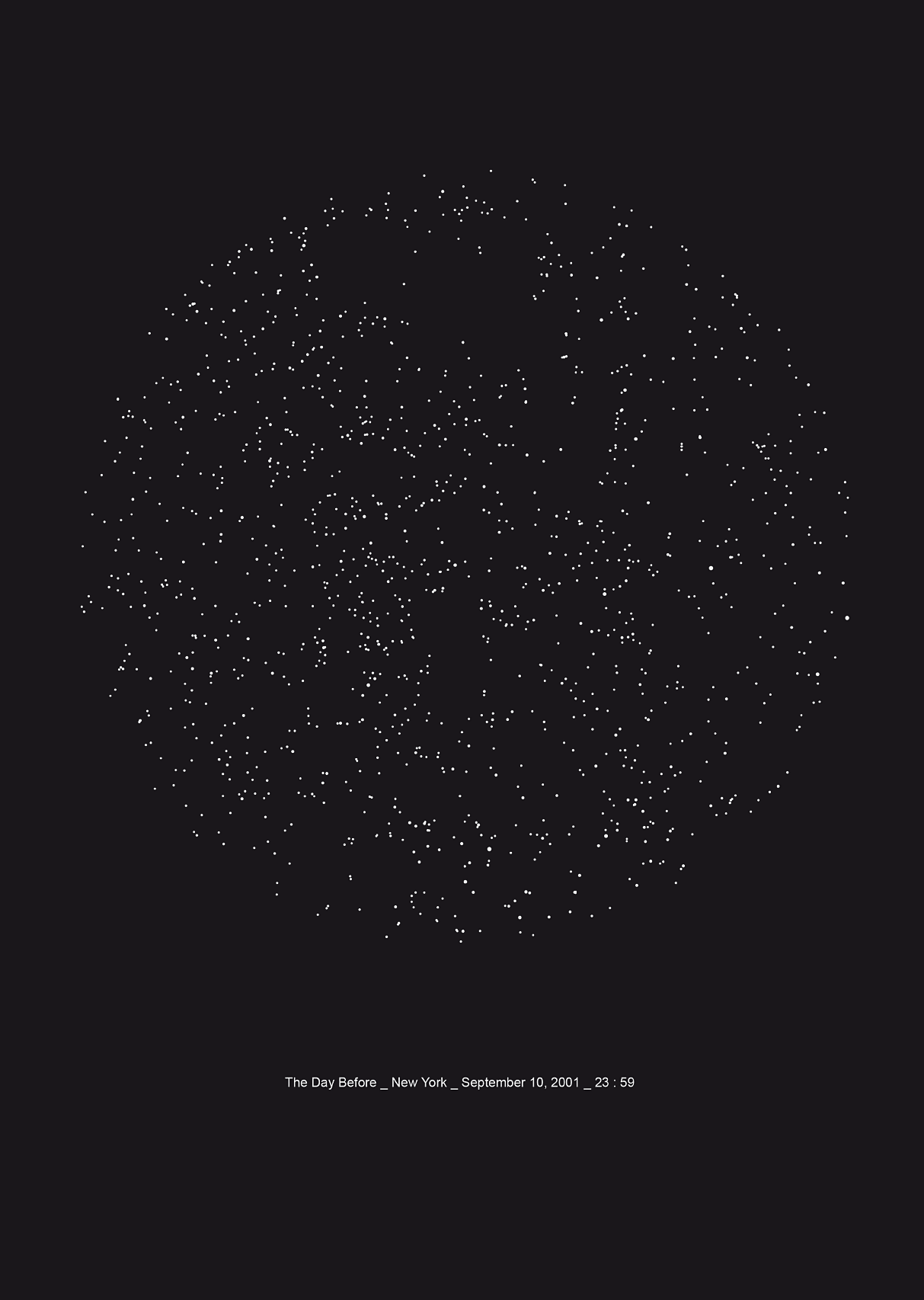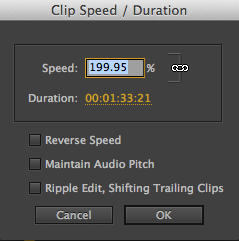I was recommended this book by my tutor and so I thought I would briefly read through it.

Susan Sontag's groundbreaking critique of photography asks forceful questions about the moral and aesthetic issues surrounding this art form. Photographs are everywhere, and the 'insatiability of the photographing eye' has profoundly altered our relationship with the world. Photographs have the power to shock, idealize or seduce, they create a sense of nostalgia and act as a memorial, and they can be used as evidence against us or to identify us. In these six incisive essays, Sontag examines the ways in which we use these omnipresent images to manufacture a sense of reality and authority in our lives
I have briefly read though the book, it is an interesting read and gives you more of an insight to photography not the technical side. I only found one quote that I think links to my work for this assignment.
"photography may be more memorable than moving images because they are a neat slice of time. not a flow"
A neat slice in time that can hold the most memories and emotions. people can remember those time with a photograph but with moving images you are just watch a video.

